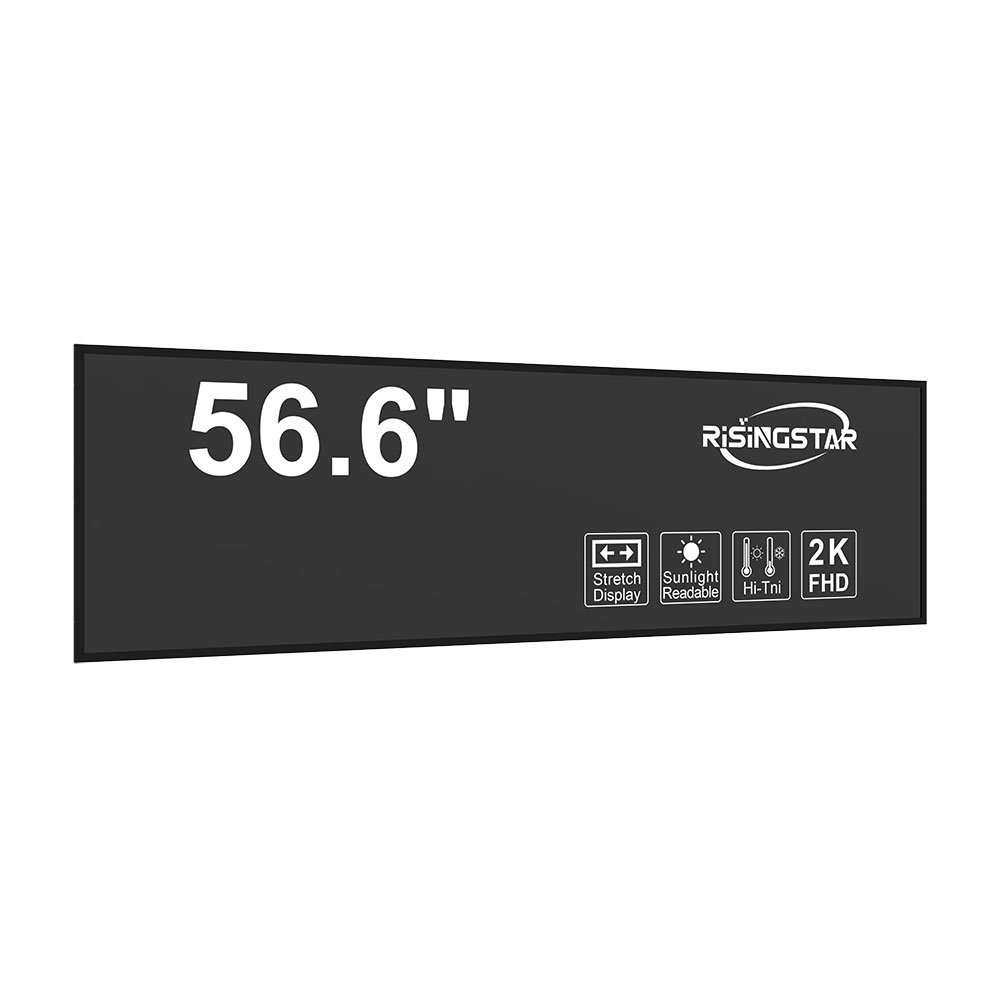- Home
- About Us
- Products
- News
- Video
- Contact
- Send Inquiry
Search
- Home
- About Us
- Products
- News
- Video
- Contact
- Send Inquiry

Wide temperature displays are essential components in modern industrial, military, and outdoor applications where environmental extremes challenge conventional display technologies. These displays operate reliably across a broad range of temperatures—from as low as -40°C to as high as +85°C—ensuring consistent performance in environments such as oil rigs, Arctic research stations, military vehicles, and automated manufacturing lines.
The core engineering behind wide temperature displays involves advanced materials science, thermal management design, and precision calibration. Unlike standard LCDs that fail or degrade outside the 0–50°C range, wide temperature displays use specialized liquid crystals with broader phase stability, enhanced backlighting systems (often LED-based for efficiency), and robust sealing techniques like IP65 or higher ingress protection. According to the IEC 60068-2-1 standard, these displays must undergo rigorous thermal cycling tests, including rapid temperature changes of up to 10°C per minute, to simulate real-world operational stress.
In practice, companies like LG Display, Innolux, and AU Optronics have developed commercial-grade panels rated for -40°C to +85°C operation, often used in transportation (e.g., truck dashboards), defense systems (e.g., UAV control screens), and energy infrastructure (e.g., wind turbine monitoring). For example, a case study from a Norwegian offshore drilling platform demonstrated that wide temperature displays reduced downtime by 63% compared to standard units when operating in sub-zero conditions—due to faster response times and no pixel failure under thermal shock.

Additionally, manufacturers now integrate intelligent thermal sensors and dynamic brightness adjustment algorithms to optimize visibility and longevity. This is especially critical in outdoor settings where ambient light varies widely. The latest generation also supports ruggedized mounting options and anti-glare coatings compliant with MIL-STD-810G for vibration resistance.
For engineers and procurement managers, selecting the right wide temperature display means evaluating not only the operating temperature range but also factors like luminance stability (minimum 1000 nits at cold start), contrast ratio (≥1000:1), and MTBF (Mean Time Between Failures) exceeding 100,000 hours. As global industries move toward Industry 4.0 and IoT-enabled operations, reliable wide temperature displays remain a foundational requirement for data integrity in extreme conditions.
